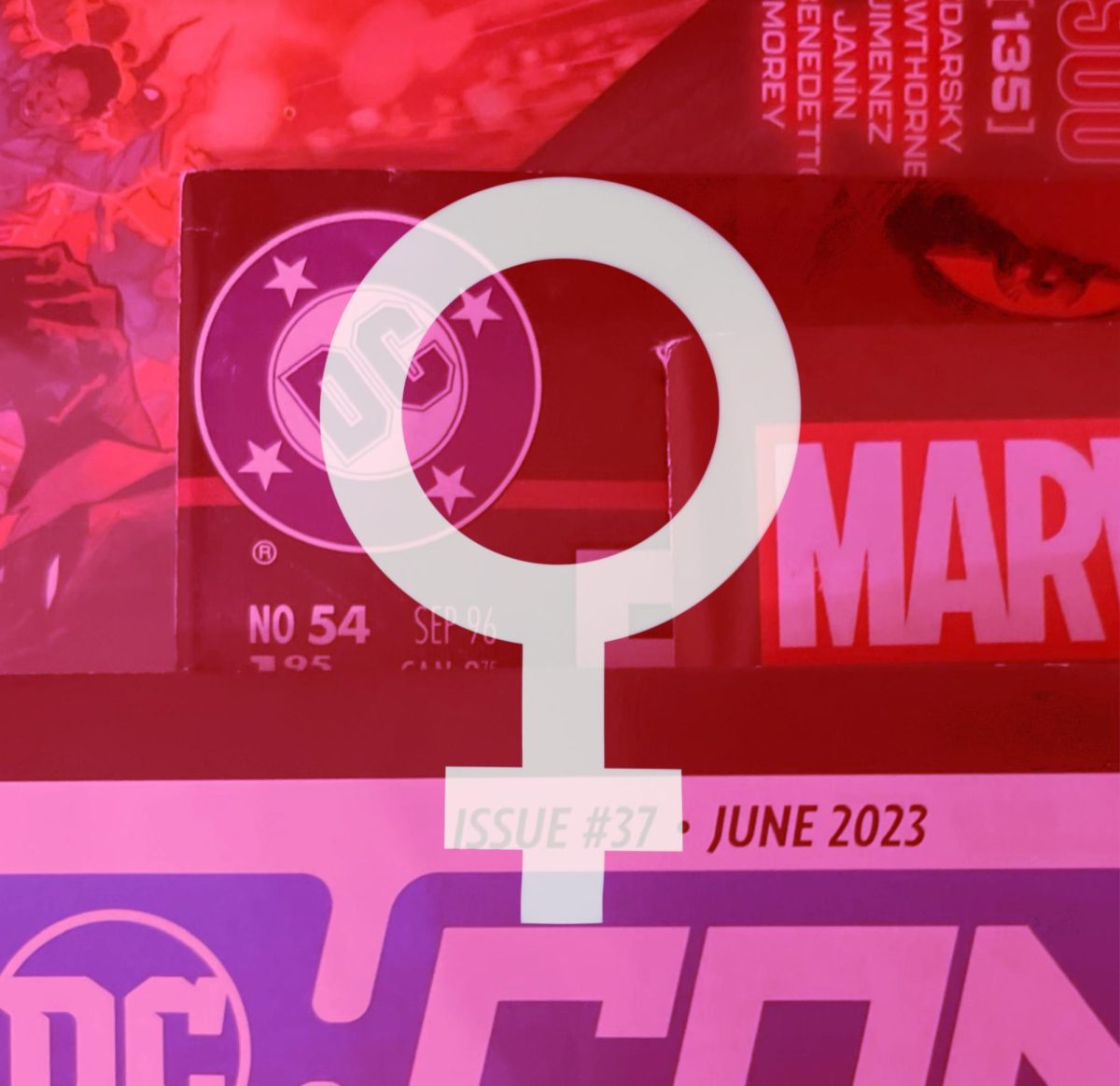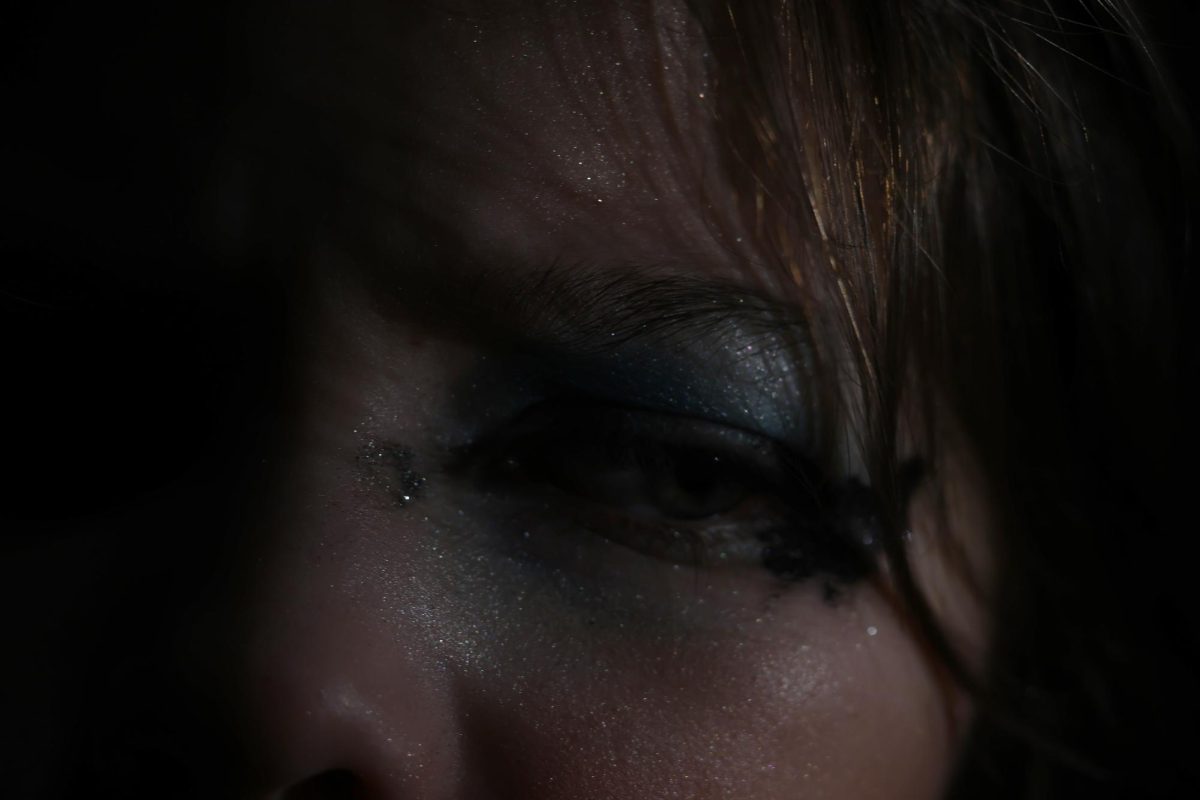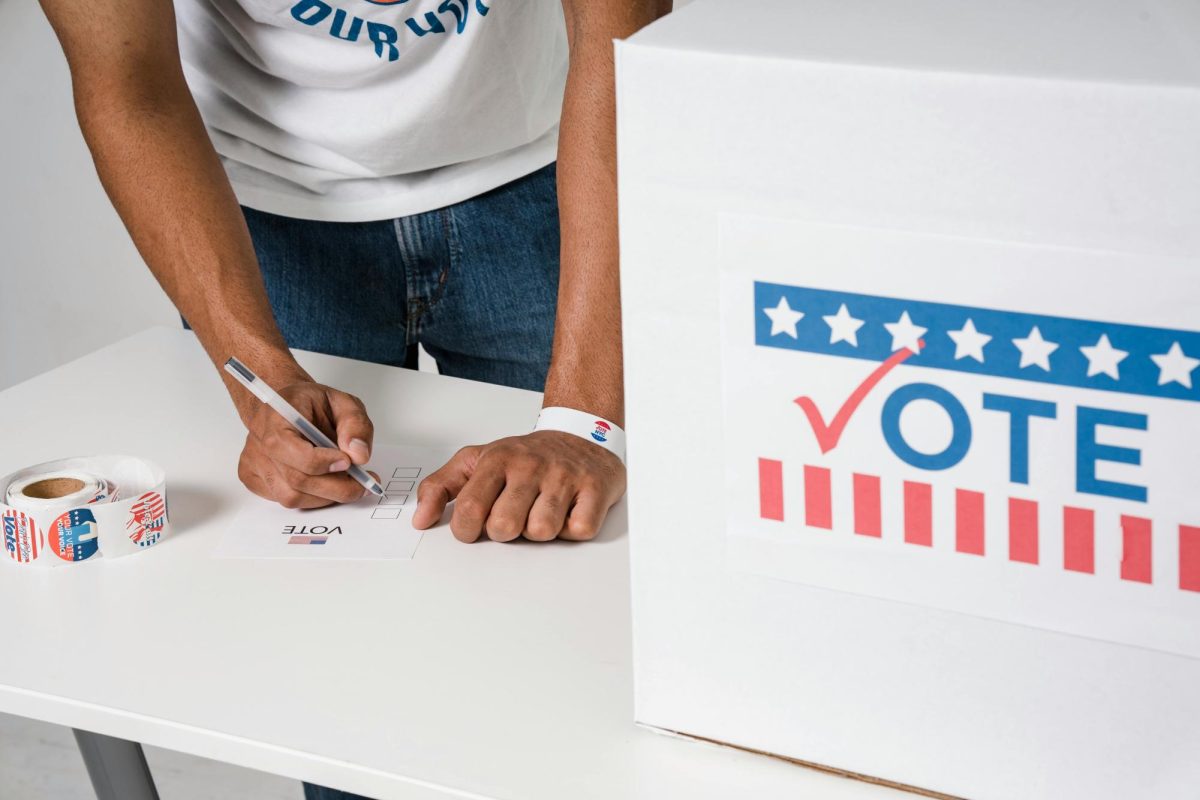It’s time to let the woman out of the fridge.
The fridging women trope refers to when a female character is harmed, often gruesomely, in order to further the development of a male character.
In superhero media female characters are often treated differently than male characters. While there has been a push for more female representation, the internet has also amplified hostility towards non-fictional women. Still, female fans aren’t going anywhere.
In 1999 comic book fan and later writer Gail Simone noted a pattern within comics. Female characters disproportionately faced maiming, assault, and death. Unlike their male counterparts, who were regularly resurrected or magically healed following similar events, these events were often permanent or lasted an extended period of time. Specifically, she noted a “Green Lantern” issue from 1994, where title character Kyle Rayner comes home to find his girlfriend, Alexandra DeWitt, dead and stuffed in the refrigerator. Therefore, this trope became known as fridging. It seemed like a competition. How gruesomely could writers harm female characters for the sake of shock value?
In the popular Batman comic, “The Killing Joke,” Barbara Gordon, also known as Batgirl, was paralyzed by the Joker. While this event led to the creation of disabled superhero Oracle, it abruptly discontinued the character of Batgirl in a comic she was a side character in. This was done to further disturb the male characters that surrounded her. Barbara Gordon lying in a pool of blood, Gwen Stacy’s broken neck and Alexandra DeWitt’s body in the fridge remain reflective of the disposable treatment of female characters.
Sexualization is also a recurring problem. While all superhero media is guilty of giving a majority of characters idealized bodies, female character’s bodies are more likely to be treated as objects. The bodies of male characters are portrayed as powerful, the bodies of female characters are sexualized. In 2014 a group of artists on Twitter, now known as X, drew male characters in poses that female characters were originally found in. It called attention to how oversexualized female characters are.
In the past two decades there has been an increase in both female characters and women behind the scenes. Both “Wonder Woman” and “Captain Marvel” starred and were directed by women. On the comic side female writers and artists are more common than ever. Gail Simone is now known for her work on “Batgirl” and “Birds of Prey,” both centered on female characters.
But the internet has led to increased hostility towards these women. Brie Larson, “Captain Marvel” star, was harassed for perceived arrogance. In reality her behavior was no different than that of her male co-stars. Some have taken the box-office failure of “The Marvels,” which stars Brie Larson, Iman Vellani and Teyonah Parris, to mean that fans just don’t want to see female superheroes. In reality, the box-office success of Marvel’s Cinematic Universe has been declining for years due to a variety of reasons.
“I Am Not Starfire,” a young adult graphic novel released by DC Comics, tells the story of the teen daughter of Starfire, alien princess and member of the Teen Titans superhero team. While the graphic novel was generally a critical failure, online fans took this as an invitation to attack female author Mariko Tamaki for perceived wokeness.
This highlights a greater pattern. While the term woke originated from African-American Vernacular English meaning alert to racial prejudice and discrimination, it has broadly been used in reference to all kinds of prejudice and discrimination. However, it has become a buzzword amongst conservative fans. From Supergirl wearing pants to male creators facing consequences for their harassment of female peers, it was all woke and cause for outrage.
Misogyny seems embedded in every aspect of superhero media. Facing dismissal, sexualization and harassment it’s a wonder there are female fans at all. But there are and they shouldn’t be forgotten. In a community inherently hostile to women, they have created their own communities. Many have had successful careers in an industry where door after door is slammed in their faces. It speaks to the passion these women have that they prevail, finally escaping the fridge.








Trenton A Bibee • Feb 13, 2024 at 9:08 am
Wonderful article about a very important and underdiscussed topic, keep up the great work 🙂